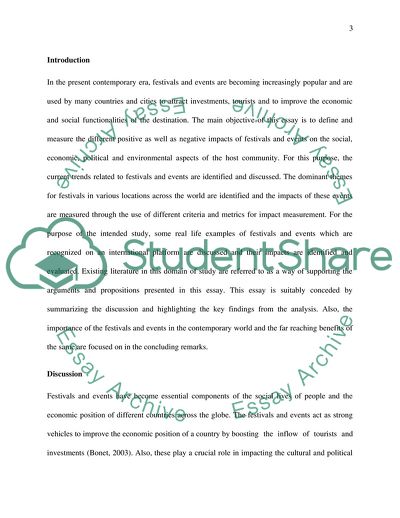Cite this document
(Definitions and Measurements of Festival and Event Impacts Coursework, n.d.)
Definitions and Measurements of Festival and Event Impacts Coursework. https://studentshare.org/tourism/1859457-definitions-and-measurements-of-festival-and-event-impacts
Definitions and Measurements of Festival and Event Impacts Coursework. https://studentshare.org/tourism/1859457-definitions-and-measurements-of-festival-and-event-impacts
(Definitions and Measurements of Festival and Event Impacts Coursework)
Definitions and Measurements of Festival and Event Impacts Coursework. https://studentshare.org/tourism/1859457-definitions-and-measurements-of-festival-and-event-impacts.
Definitions and Measurements of Festival and Event Impacts Coursework. https://studentshare.org/tourism/1859457-definitions-and-measurements-of-festival-and-event-impacts.
“Definitions and Measurements of Festival and Event Impacts Coursework”. https://studentshare.org/tourism/1859457-definitions-and-measurements-of-festival-and-event-impacts.


